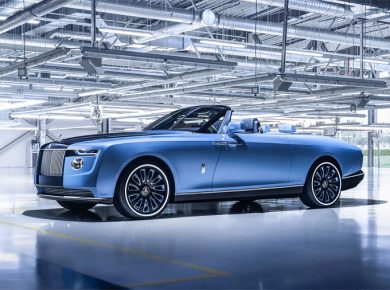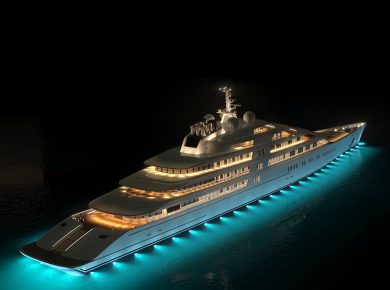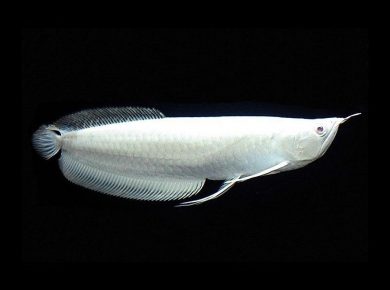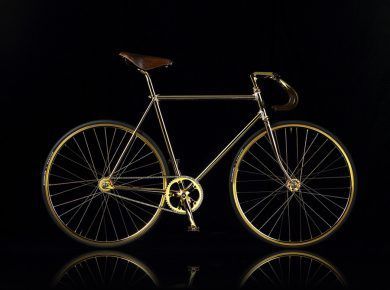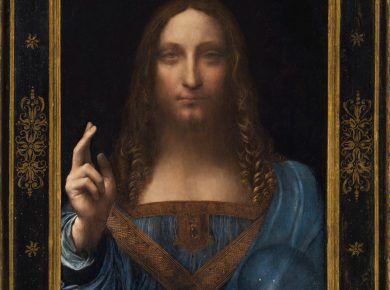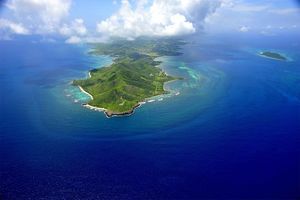
Diamonds are among the most beautiful natural creations. With their ability to catch and reflect light from every facet, it’s no surprise they’ve been described as wellsprings of light and beacons of hope. As the most valued among gemstones, a diamond’s worth is determined by several factors including how many facets reflect light, its color, clarity, size, and its historical and cultural importance. The wealthy and influential have always competed to own these precious gems, and the most expensive diamonds have often been prized possessions of royalty and divinities. Here is a list of 15 most expensive diamonds in the world at present.
Most Expensive Diamonds Comparison (data for 2024):
| Diamond | Carat weight | Cut | Country of origin | Owner | Price |
 The Koh-i-Noor The Koh-i-Noor |
105.6 carats | Oval brilliant | India | Queen Elizabeth II | Priceless |
 The Sancy Diamond The Sancy Diamond |
55.23 carats | Shield-shaped modified brilliant cut | India | The Louvre, Paris, France | Priceless |
 The Cullinan Diamond The Cullinan Diamond |
3,106.75 carats | 105 stones of assorted cuts | South Africa | Elizabeth II in right of the Crown | $400 millions |
 The Hope Diamond The Hope Diamond |
45.55 carats | Antique cushion | India | Smithsonian Institution Offices | $350 million |
 De Beers Centenary Diamond De Beers Centenary Diamond |
273.8 carats | Modified heart-shaped brilliant | South Africa | Unknown | $100 million |  The Steinmetz Pink Diamond The Steinmetz Pink Diamond |
59.6 carats | Mixed oval brilliant | South Africa | Chow Tai Fook Enterprises | $71.2 millions |
 The Oppenheimer Blue Diamond The Oppenheimer Blue Diamond |
14.62 carats | Rectangle | South Africa | Unknown | $57.5 million |
 The Blue Moon of Josephine Diamond The Blue Moon of Josephine Diamond |
12.03 carats | Cushion shaped | South Africa | Joseph Lau | $48.4 million |
 The Graff Pink Diamond The Graff Pink Diamond |
24.78 carats | Emerald | Lesotho | Laurence Graff | $46.2 million |
 The Orange Diamond The Orange Diamond |
14.82 carats | Oval | South Africa | Unknown | $35.5 million |
 The Winston Blue Diamond The Winston Blue Diamond |
13.22 carats | Triangular | South Africa | Harry Winston, Inc. | $23.8 million |
 The Wittelsbach Diamond The Wittelsbach Diamond |
31.06 carats | Antique oval stellar brilliant | India | Hamad bin Khalifa Al Thani | $23.4 million |
 The Perfect Pink Diamond The Perfect Pink Diamond |
14.23 carats | Rectangular | Australia | Unknown | $23.17 million |
 The Heart of Eternity The Heart of Eternity |
27.64 carats | Heart | South Africa | De Beers Sa | $16 millions |
14. The Heart of Eternity – $16 Millions
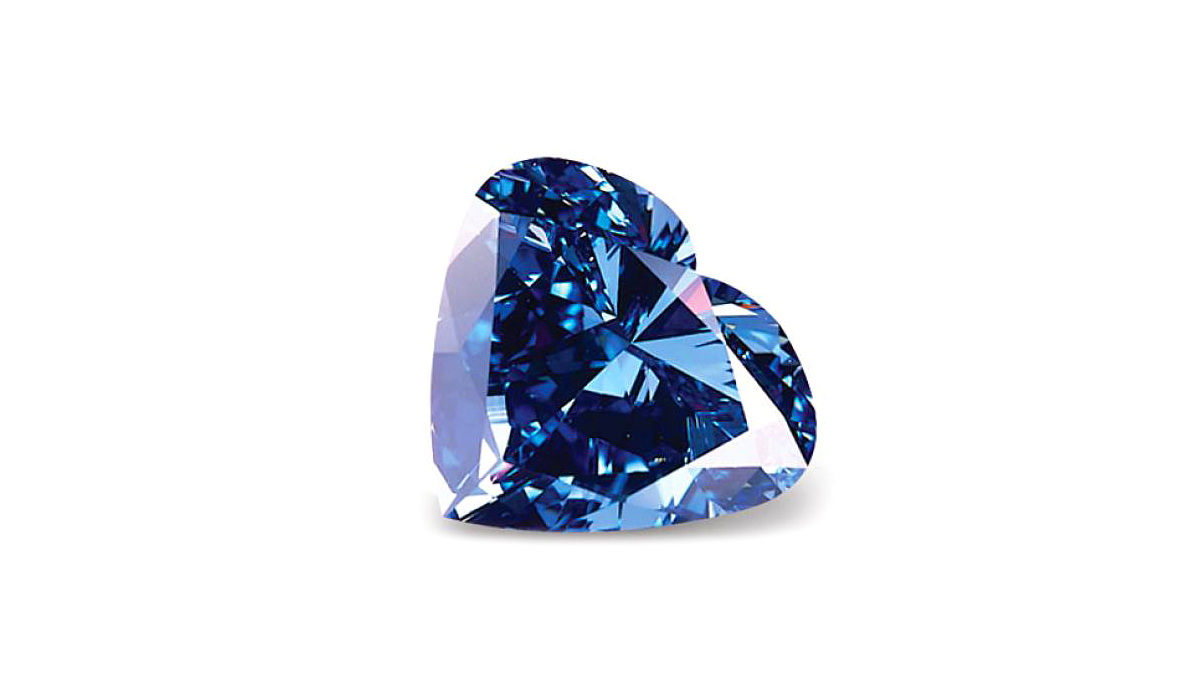
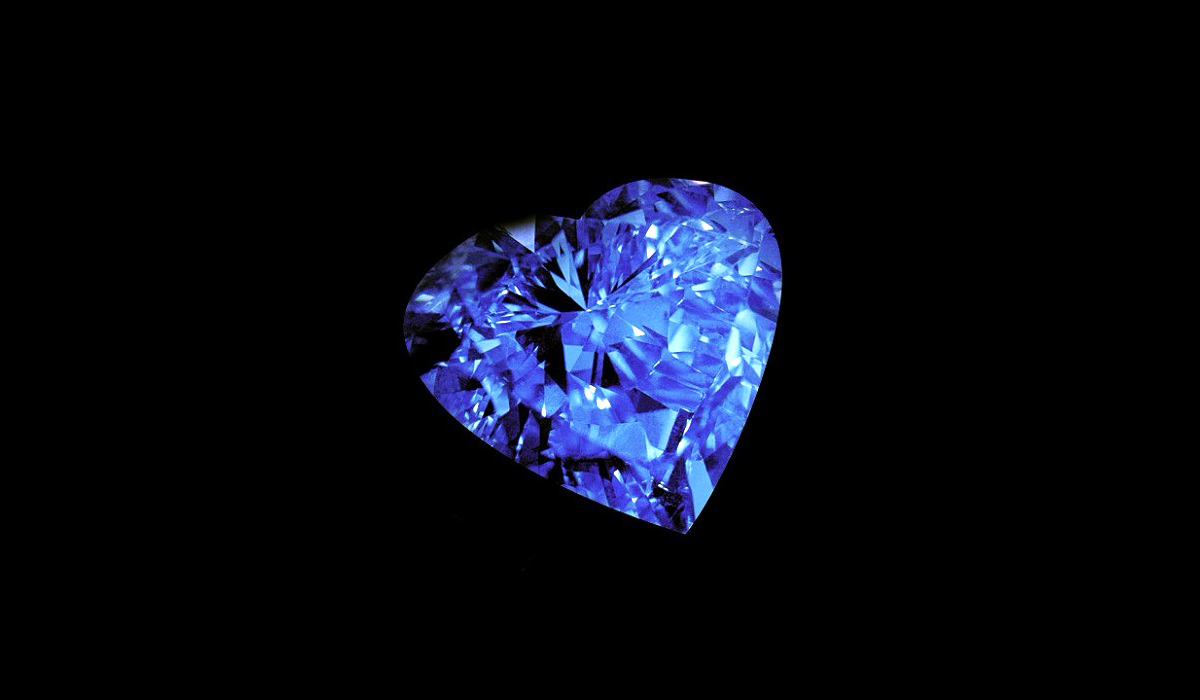
A fancy Vivid Blue diamond, this 27.64 carats gem was cut by the Steinmetz group and sold to the De Beers Group who unveiled it in 2000. The 203.4 carat Millenium Star and the Heart of Eternity were cut from the same 777 carat rough stone. The rarity of this stone lies in many factors, the chief being its perfect blue shade without the presence of the usual black and grey undertones. Also, blue diamonds constitute only 0.1% of the diamonds sourced in Premier Diamond Mine, and very few are of any considerable size. In 2012, it was reported that the boxer Floyd Mayweather bought it for his then-fiancé Shantel Jackson, though De Beers has neither confirmed nor denied the speculations.
13. The Perfect Pink Diamond – $23.2 Million
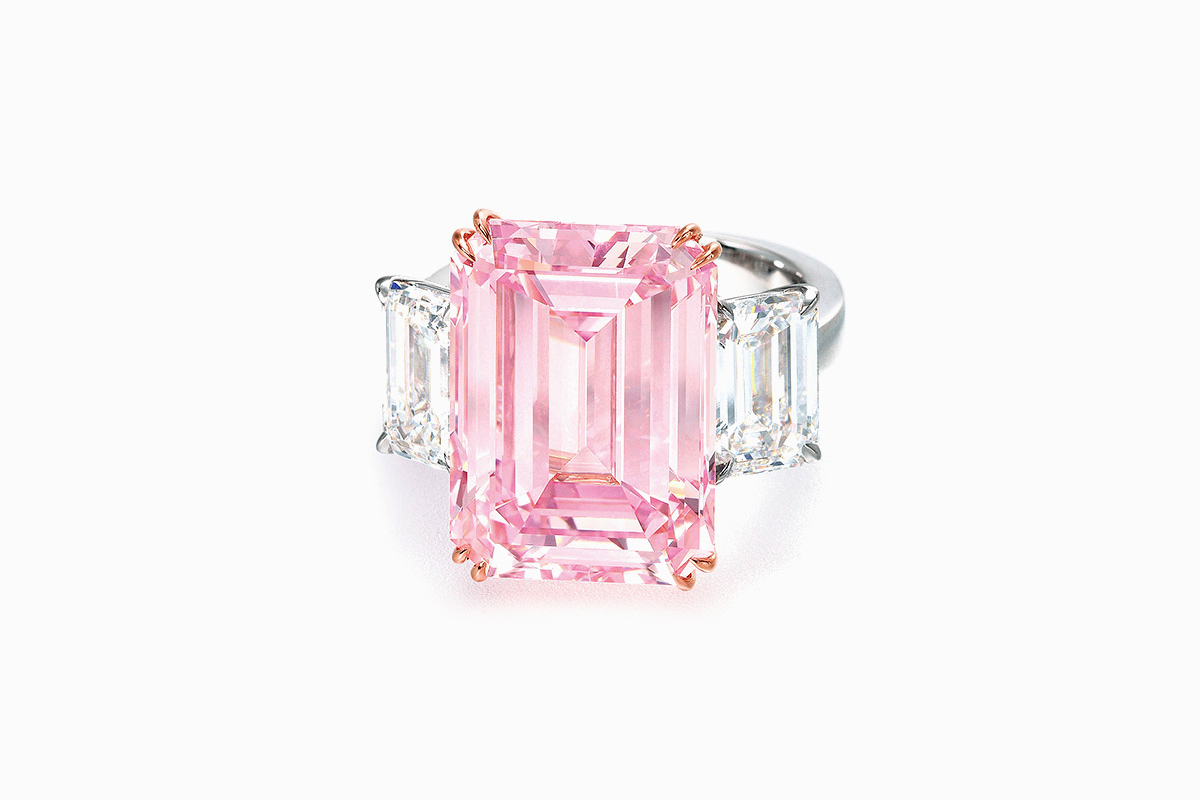
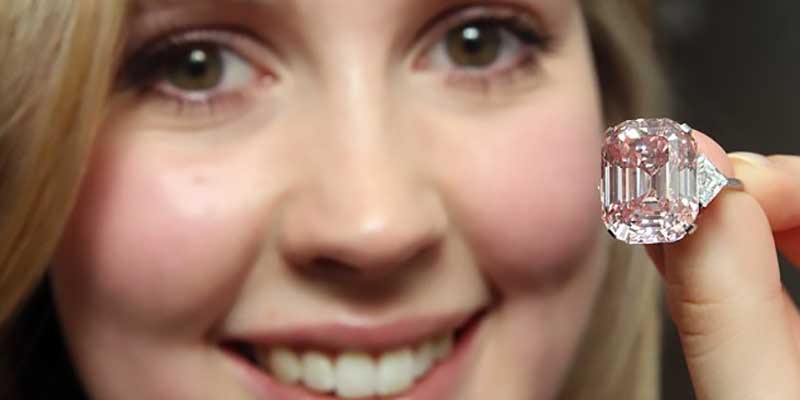
According Christie’s website, in its 244 years history, only 18 pink diamonds over 10 carats have appeared. And none of them had the Fancy Intense Pink shade of the Perfect Pink, which at 14.23 carats, is in ‘a class of its own’. Those having a nearby shade hardly weigh more than 0.2 carats. Not only that, the Perfect Pink has no secondary color in it. Pink diamonds usually have color modifiers like grey, orange or purple. It has a clarity grade of VVS2 (Very Very Slightly Included) due to light internal blemishes which are common in such diamonds. In November 2010, it was sold in Hong Kong for USD 23.17 to an anonymous bidder.
12. The Wittelsbach Diamond – $23.4 Million
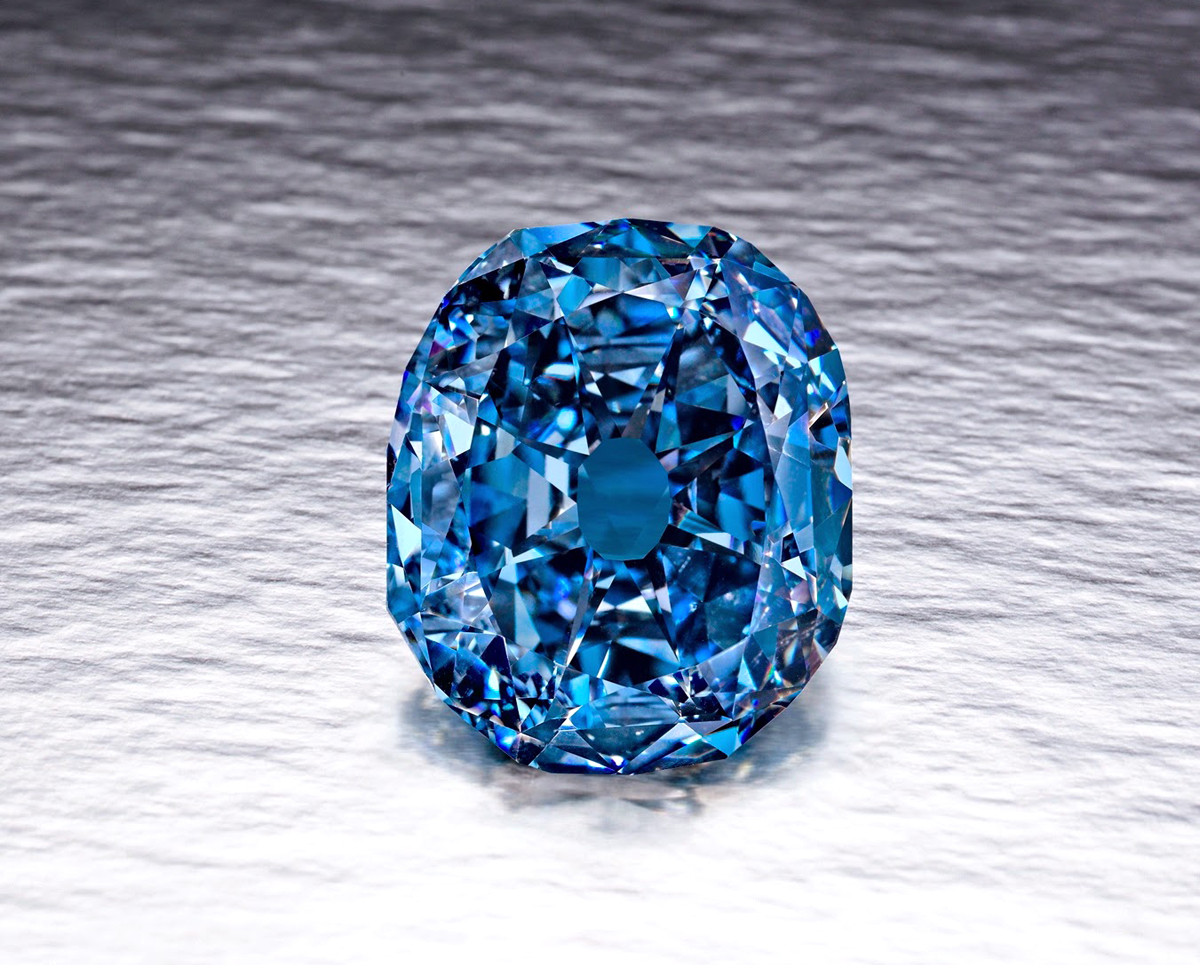

This is another Indian diamond which was a favorite among royals for centuries. It is the only Indian diamond in this list to be blue in color. The original diamond was known as the Der Blaue Wittelsbacher and weighed 35.56 carat. It was fancy deep grayish blue in color with VS2 clarity. It was discovered in the mid 1600s and had been part of both the Austrian and the Bavarian Crown jewels. Its last public appearance was in 1921 during the funeral of Ludwig III of Bavaria. It went out of the possession of the Wittelsbachs in 1951 following the Great Depression and was acquired by the jeweler Lawrence Graff in 2008. At that time it was the costliest diamond to have been sold. Graff cut it by over 4.45 carats amidst much criticism. Apparently, it was a business-driven move, after which the diamond has acquired an F1 status following the cut. The color is the more desirable ‘fancy deep blue’. Its present owner is Hamad bin Khalifa, the former emir of Qatar, who bought it for at least $80 million in June 2011.
11. The Winston Blue Diamond – $23.8 Million
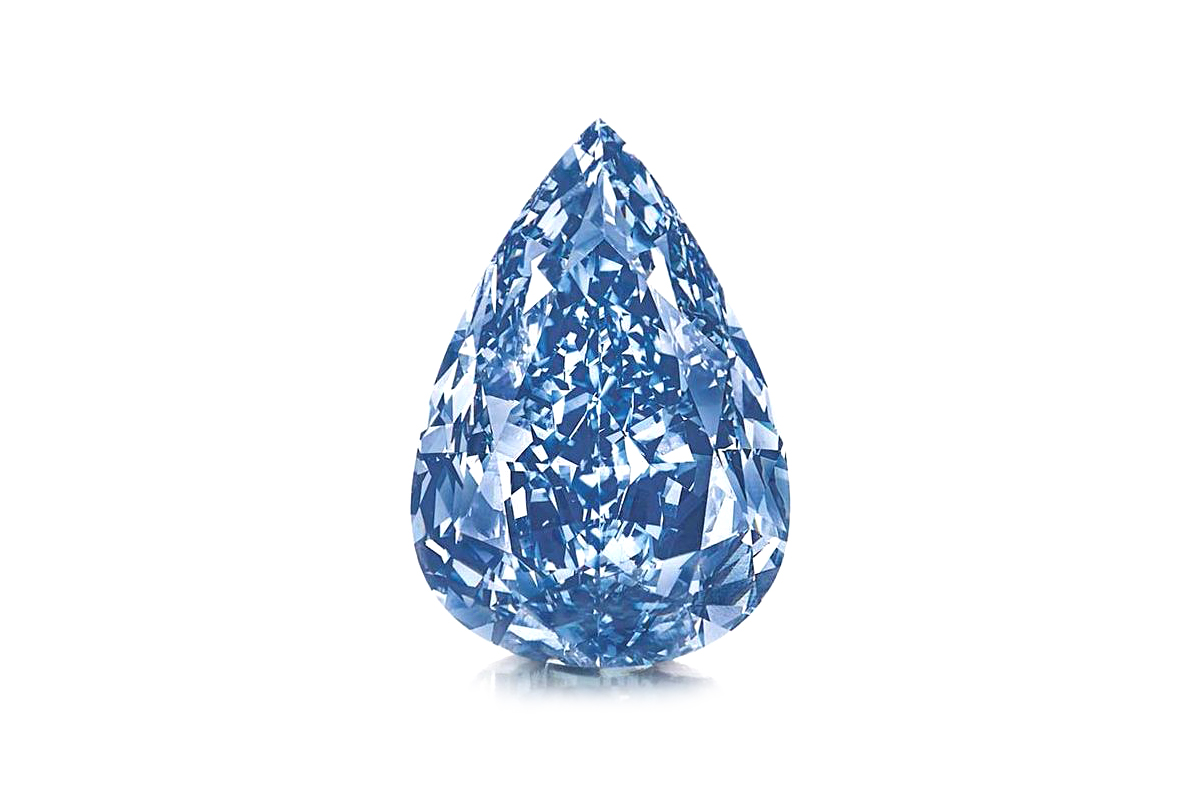
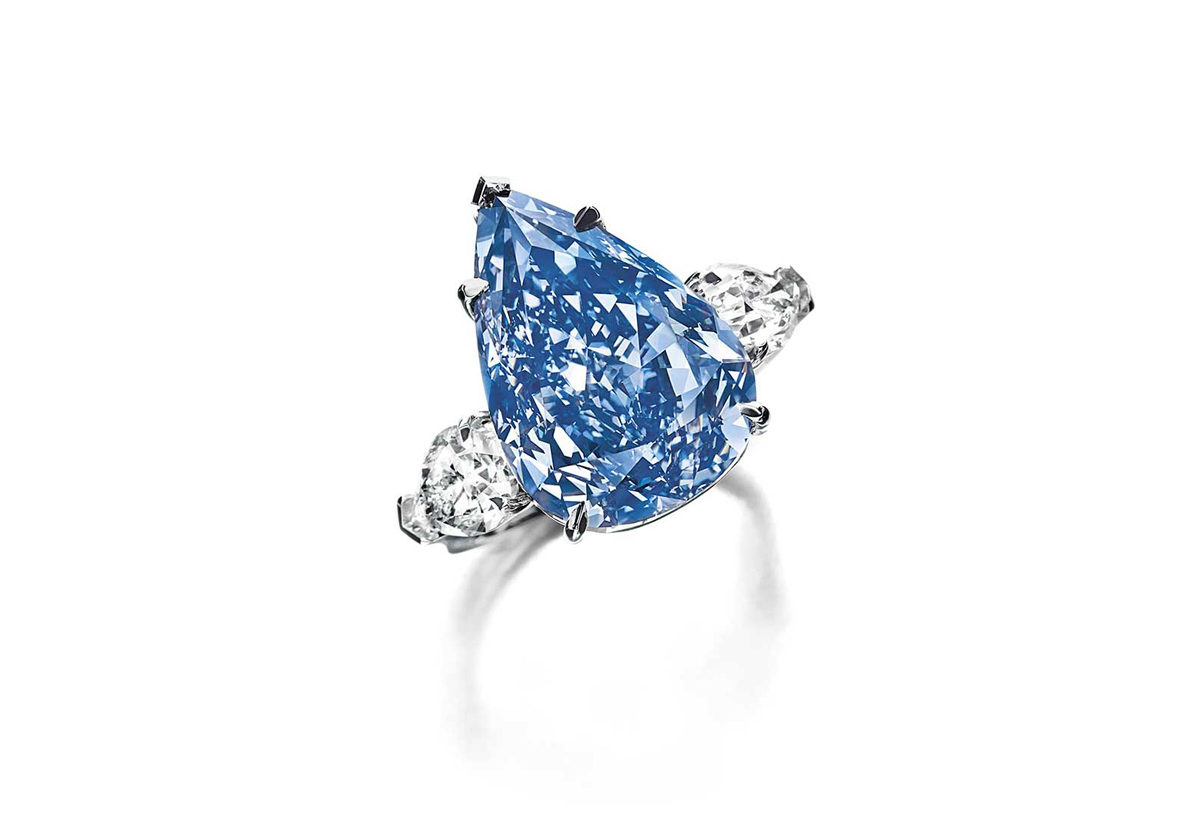
When it was bought by Harry Winston, Inc. (of The Swatch Group) from its anonymous previous owner for $23.8 million at Christie’s Geneva Magnificent Jewels sale, it was largest flawless vivid blue diamond. At 13.22 carat the $1.8003 million per carat was the highest for any blue diamond. It was known as just ‘The Blue’ during the auction, which was changed to the Winston Blue by Nayla Hayek, the CEO of the Harry Winston Inc. It is a type IIb diamond as certified by the Gemological Institute of America. On its either side is a pear-shaped diamond, weighing 1.00 and 0.96 carat respectively. This is one of the most flawless diamonds to have been sold by Christie’s, absolutely pure both internally and externally.
10. The Orange Diamond – $35.5 million
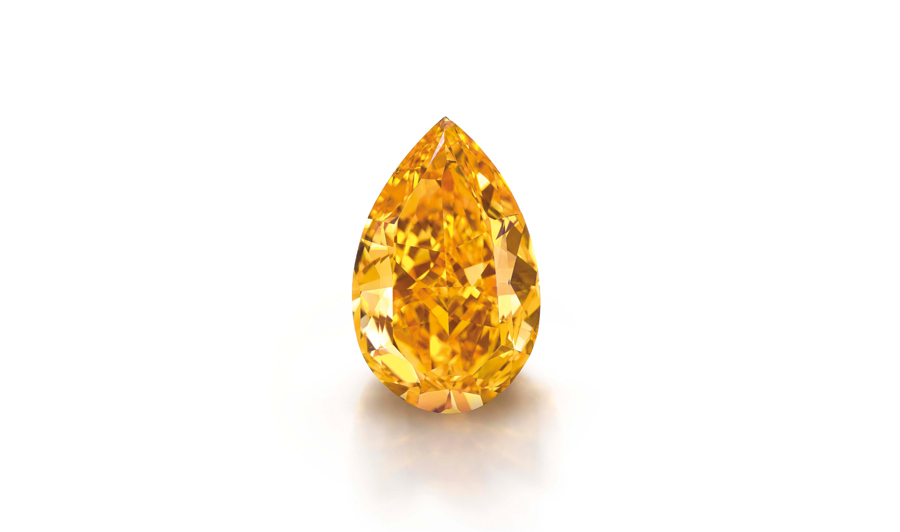
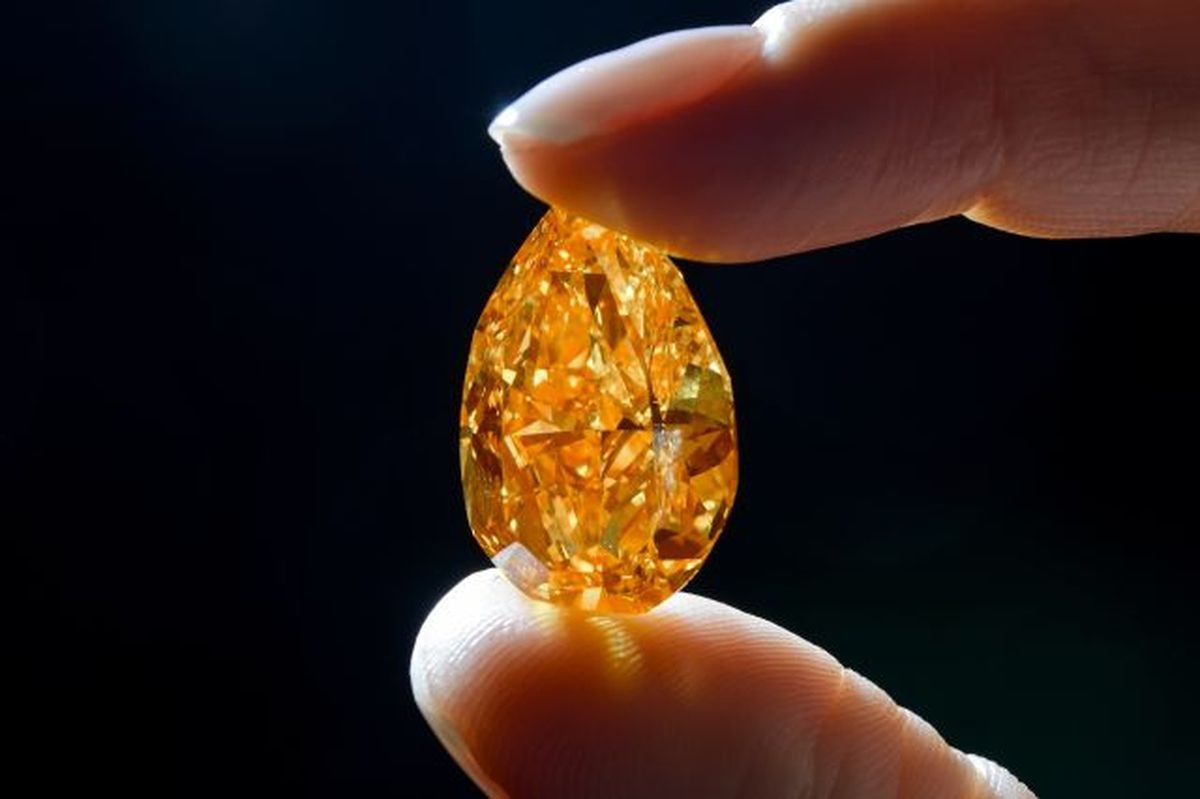
While pink and blue diamonds are traditionally more sought after by collectors, the Orange is a rare gem that stands out in its exquisiteness. The 14.62 carat Orange Diamond made a few heads turns in its debut in Christie’s Geneva auction in November 2013. It fetched a whopping $35.5 million, far exceeding its pre-sale estimate between $17.4-$20 million.
Pure orange diamonds or fire diamonds are extremely rare, according to GIA. it is common to find orange diamonds with secondary colors. When polished, they are never larger than 6 carats, indicating this piece to be a real freak of nature.
Their research pointed out that this particular diamond was 4 times larger than the average gem of its kind. This is why it set the world record for being the most expensive and largest orange diamond ever sold. Before this Sotheby’s had sold a 5.54-carat pumpkin diamond in 1997 to Harry Winston’s son for $1.3 million.
9. The Graff Pink Diamond – $46.2 million
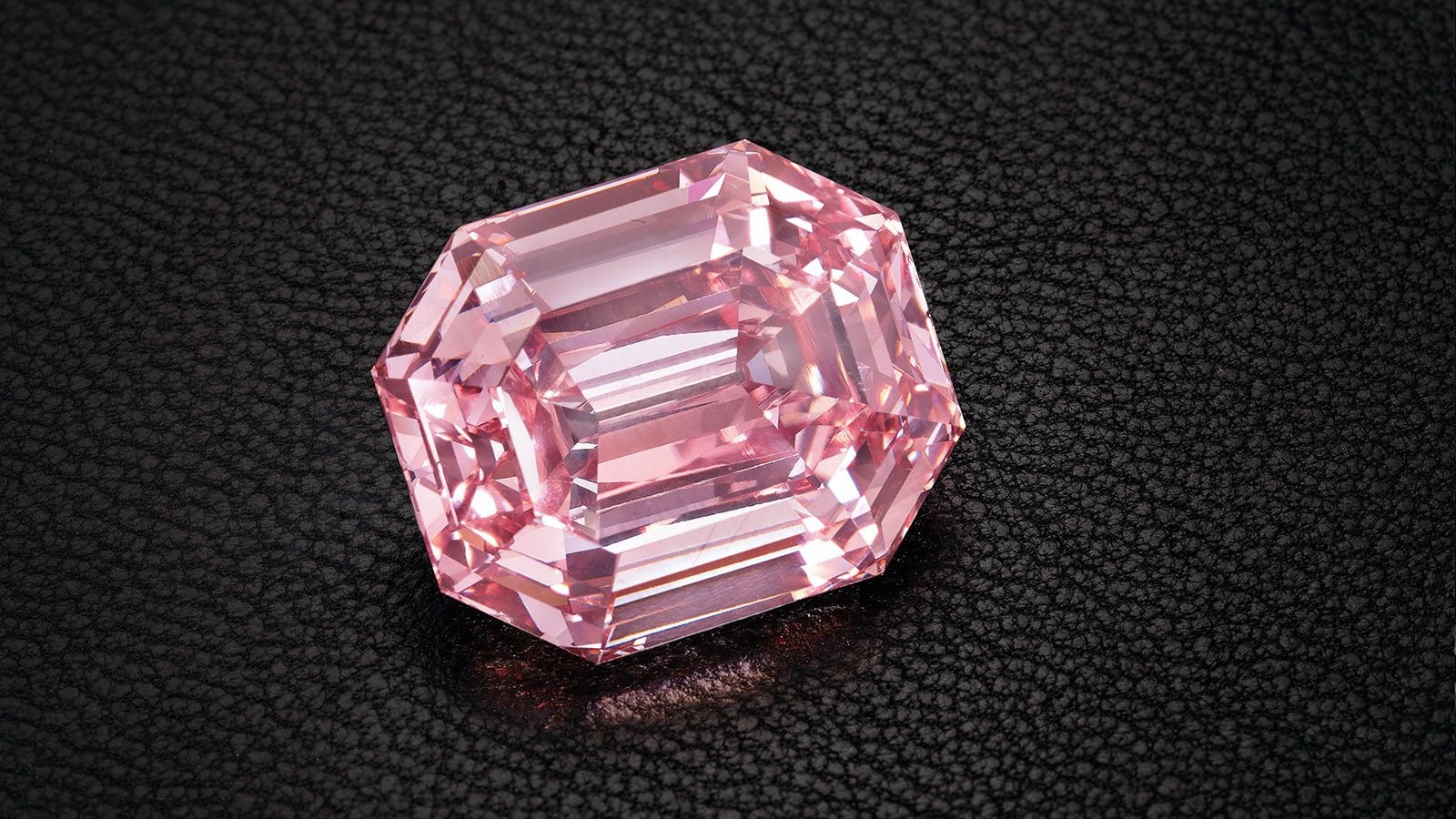
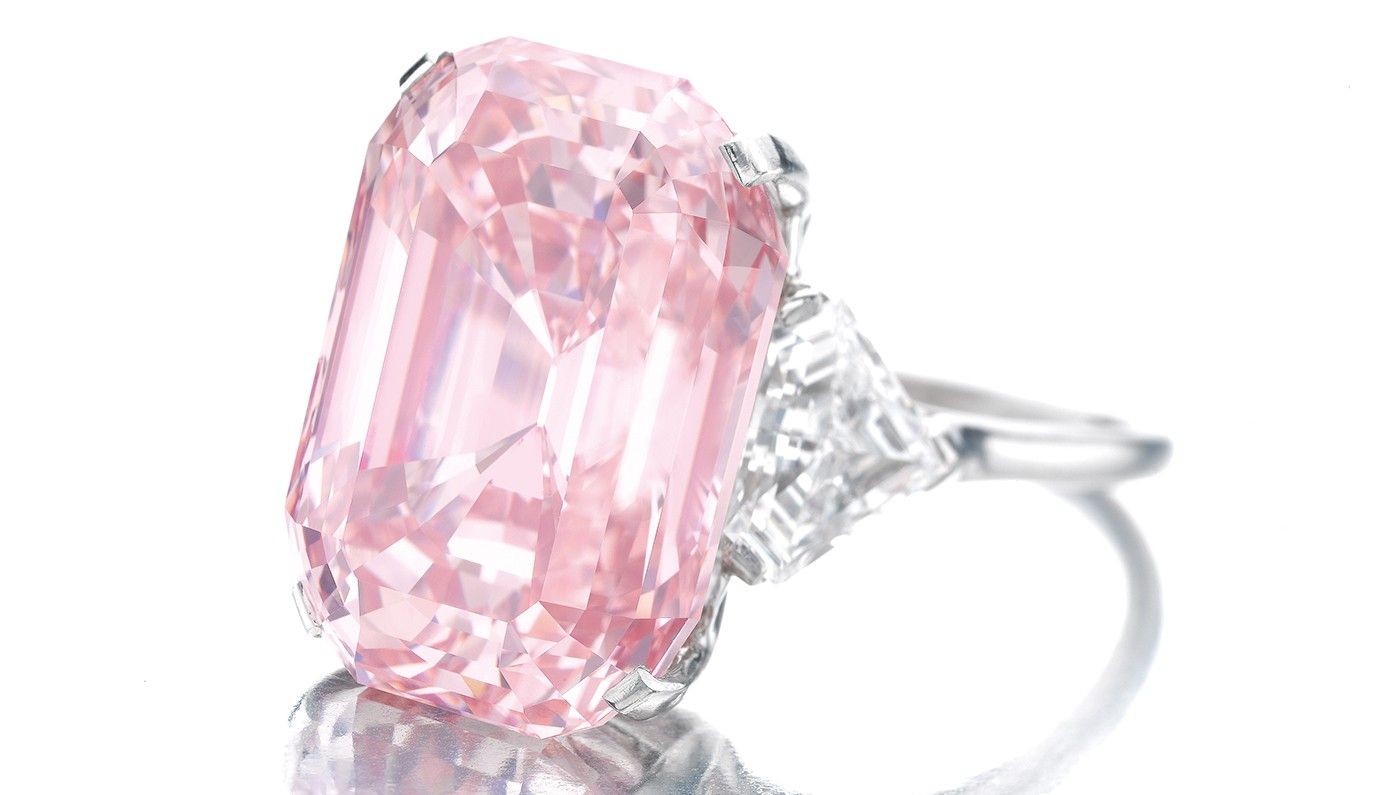
The Graff Pink is a 24.78-carat pink diamond mounted in a ring with a Fancy Intense pink vividness and a grading of diamond type IIa. This places it in the top 2% of entire diamonds in the world. Earlier owned by celebrity jeweler Harry Winston, it was sold to a private collector in the 1950s. Later, it was auctioned by Sotheby’s Geneva in November 2010 for $46.2 million to Lawrence Graff.
The Graff Pink is set in a platinum ring with two pear-shaped diamonds flanking either side. At the time of its auction, it was labeled as the most expensive single jewels ever sold to the public. The pre-sale estimate of this pink diamond was around $27-$38 million, with 25 identified flaws that the new owner thought could be easily eradicated. It was later trimmed to 23.88 carats, and that brought out a heightened color and was deemed internally flawless by GIA.
8. The Blue Moon of Josephine Diamond – $48.4 million
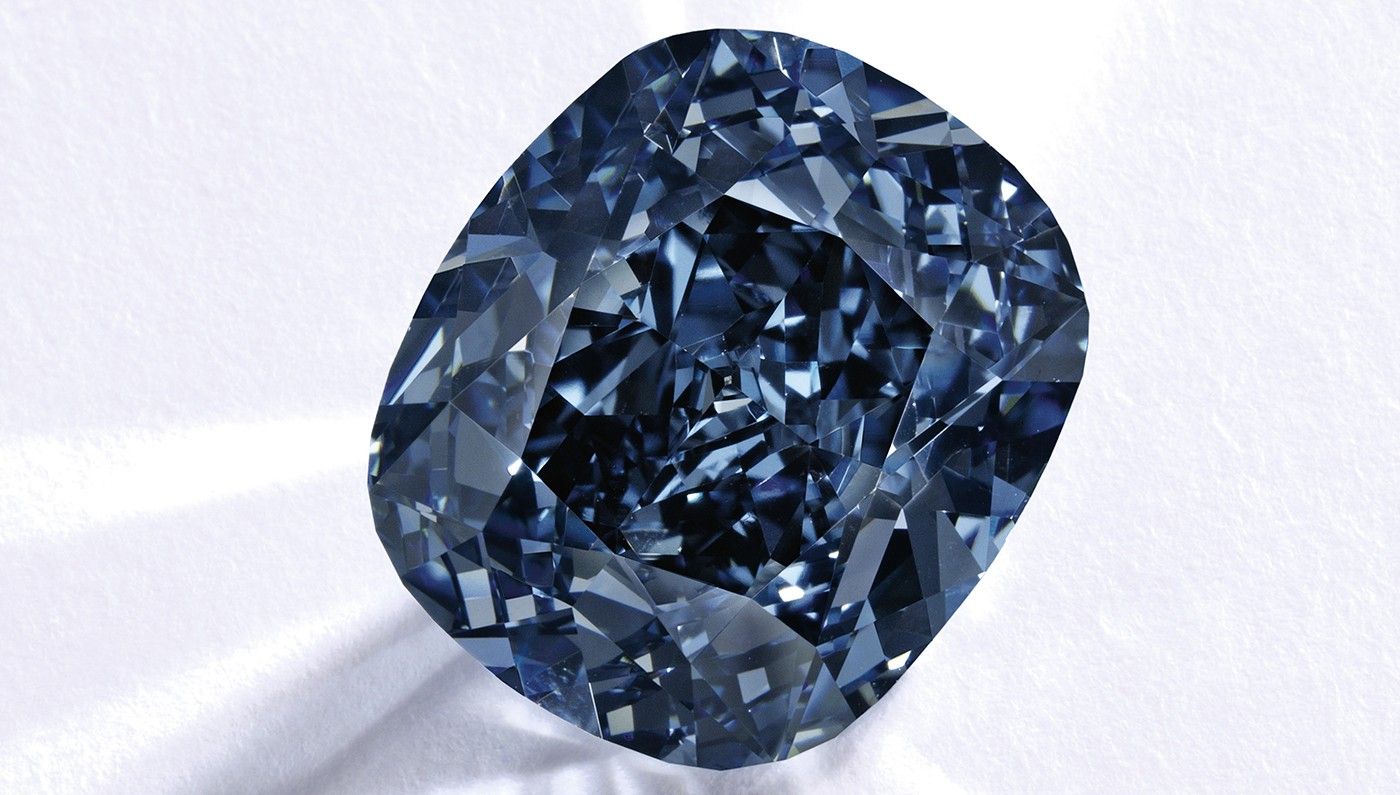
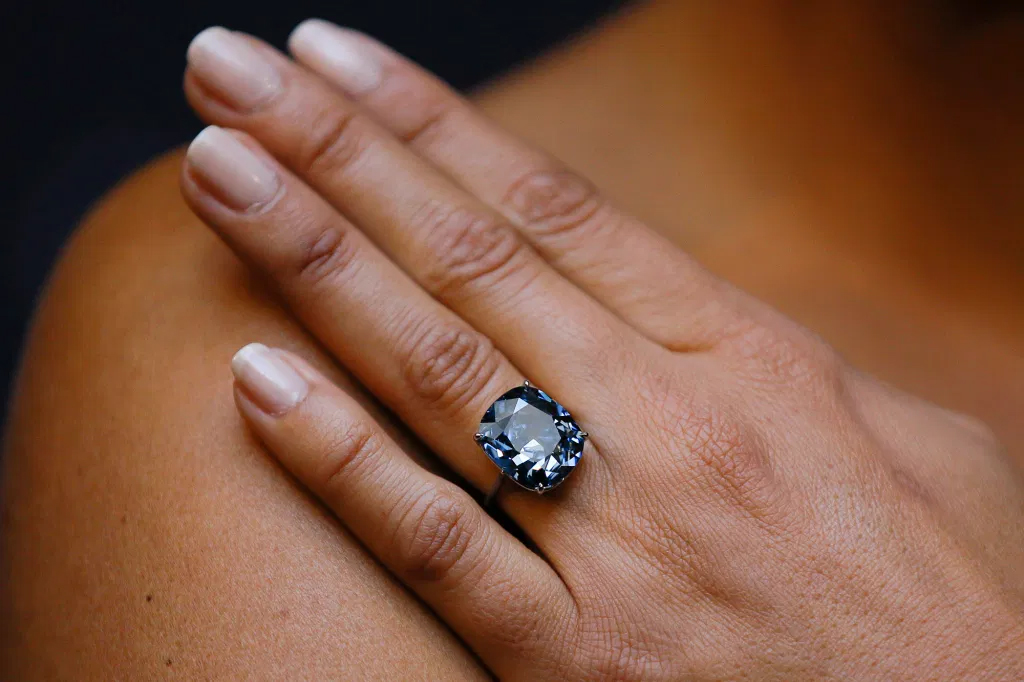
Before the Oppenheimer Blue Diamond set the record, it was the Blue Moon Josephine Diamond that stole the hearts of millions. Set at 12.03 carat, the diamond was auctioned by Sotheby in November 2015 for a record $48.4 million. With a pre-sale estimate between $35 – $55 million, it netted the highest-ever price per carat ($4 million/carat).
The Blue Moon diamond was discovered in South Africa in January 2014 and was considered nearly flawless. It was also the largest blue diamond in the fancy vivid category to be auctioned, till the Oppenheimer Blue made its appearance.
The gem was bought by Hongkong Billionaire Joseph Lau who renamed it for his 7-year old daughter, Josephine. Joseph Lau had also purchased a 16.08-carat pink diamond from Christie’s a day before the auction of the Blue Moon and had renamed it as the Sweet Josephine.
7. The Oppenheimer Blue Diamond – $57.5 million
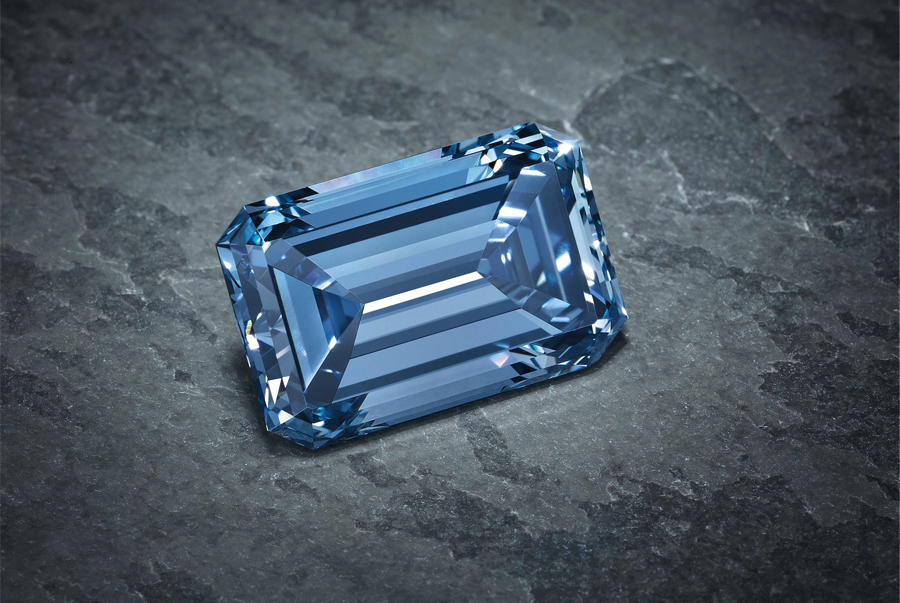
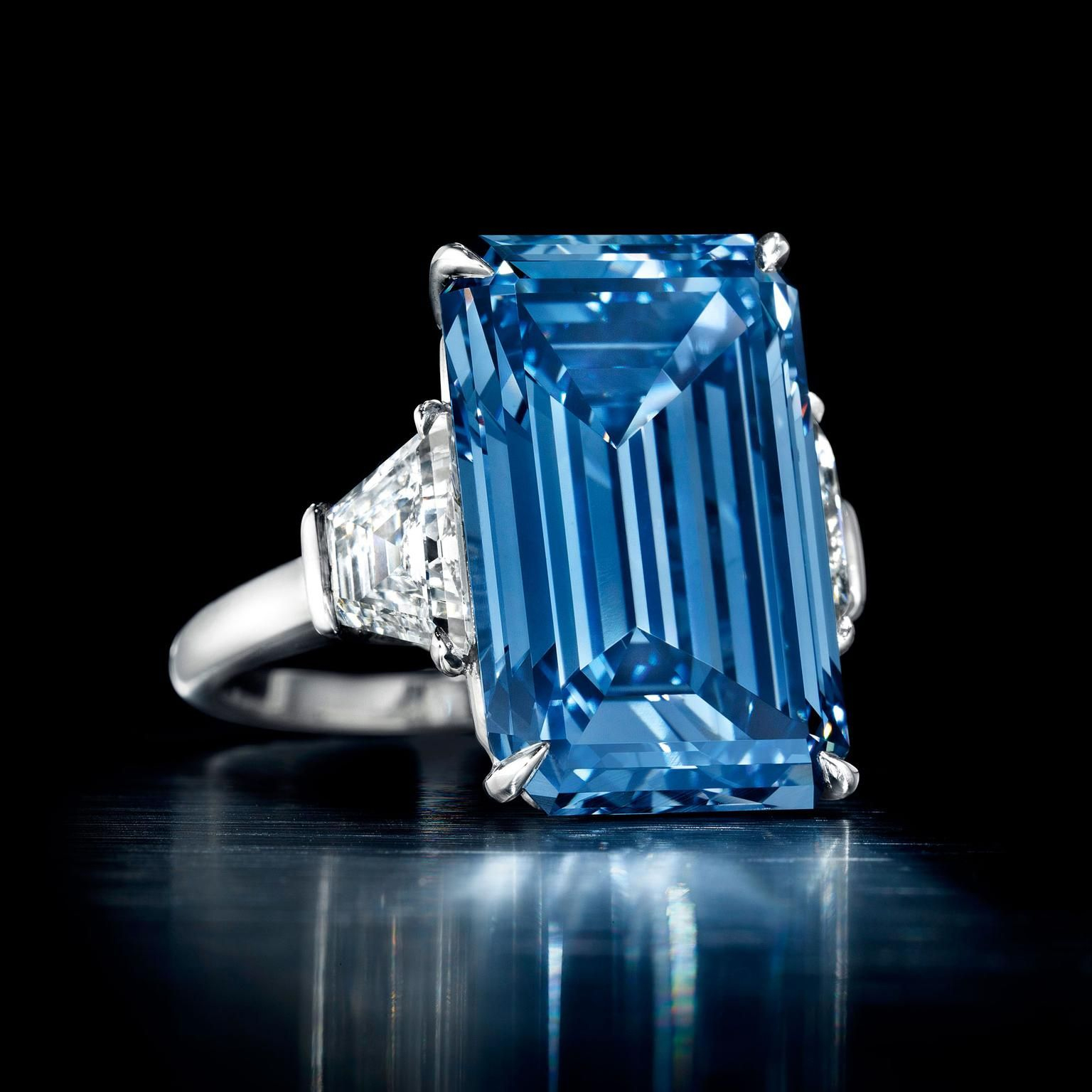
The 14.62 carat Oppenheimer Blue is the largest ever diamond to appear in auction. Originally owned by Sir Philip Oppenheimer, it was sold at a whopping $57.5 million in May 2016 at Christie’s, Geneva. Till 2017 it held the title of the most expensive diamond ever to be sold.
The Fancy Vivid blue emerald cut diamond is set in a ring, flanked by two smaller diamonds on both sides. The diamond is named after its last owner, who controlled the De Beers mining and gifted this gem to his wife. It was initially expected to fetch a price between 38 to 45 million Swiss francs but surpassed all expectations with the final bid.
The bidding lasted over 25 minutes with a starting bid of 30 million Swiss francs with incremental bidding of 20000 Swiss francs. It is estimated that only 1% of all blue diamonds graded by the Gemological Institute of America are of this vivid color.
6. The Steinmetz Pink Diamond – $25 Millions
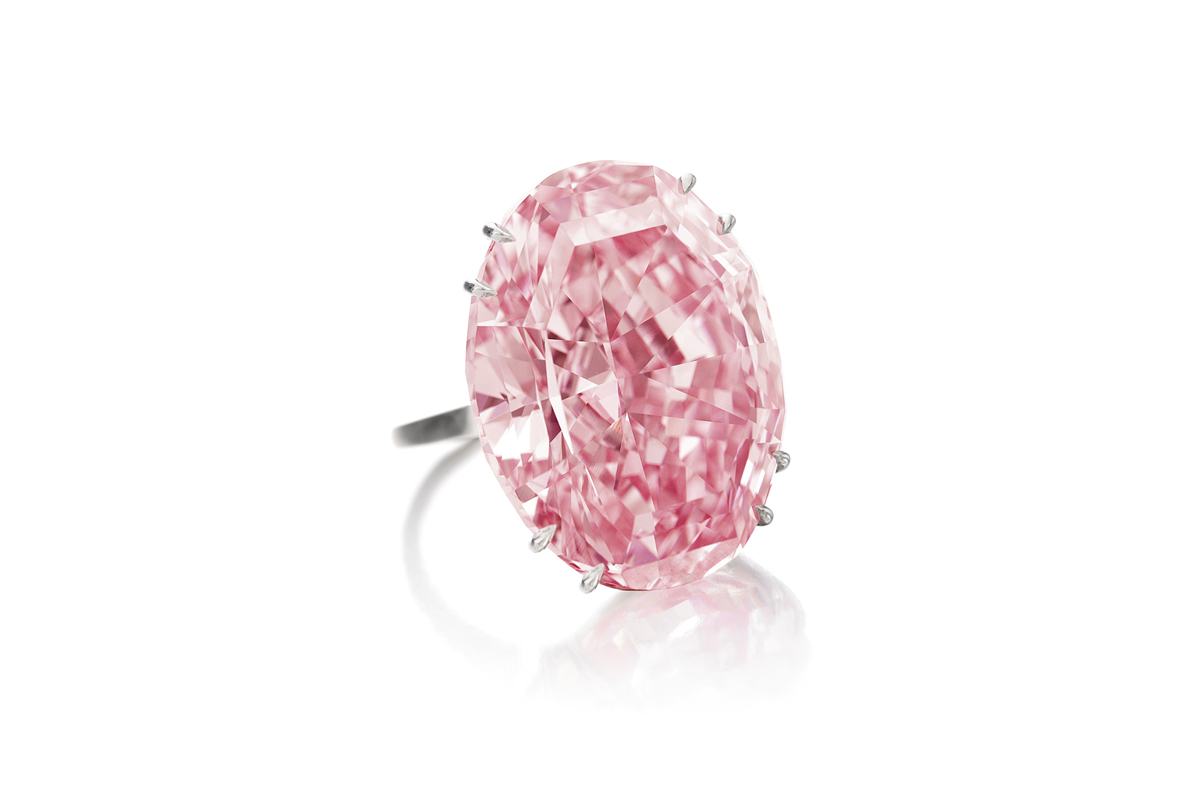
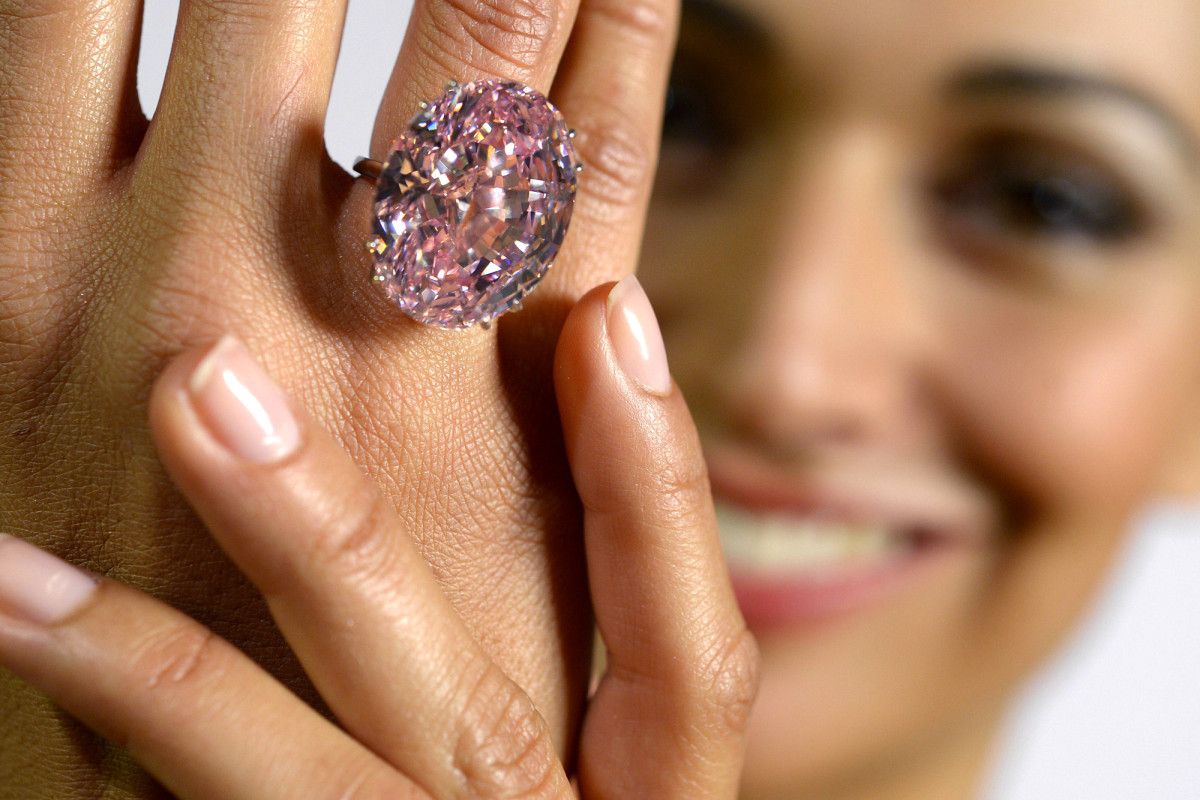
Now known as the Pink Star, it weighs 59.60 carat and is rated Fancy Vivid Pink in color by the Geological Institute of America. It is the largest known diamond with this rating. Mined in the prodigal De Beers mines in 1999, it is a millennial. Because of its exceptionality, Steinmetz Diamonds belonging to the Benny Steinmetz group took 20 whole months to cut it. It publicly debuted in Monaco on 29 May 2003. It was bought in an Sotheby’s auction on 3 April 2017 by Chow Tai Fook Enterprises in Hong Kong for USD 71.2 millions.
5. De Beers Centenary Diamond – $100 Millions
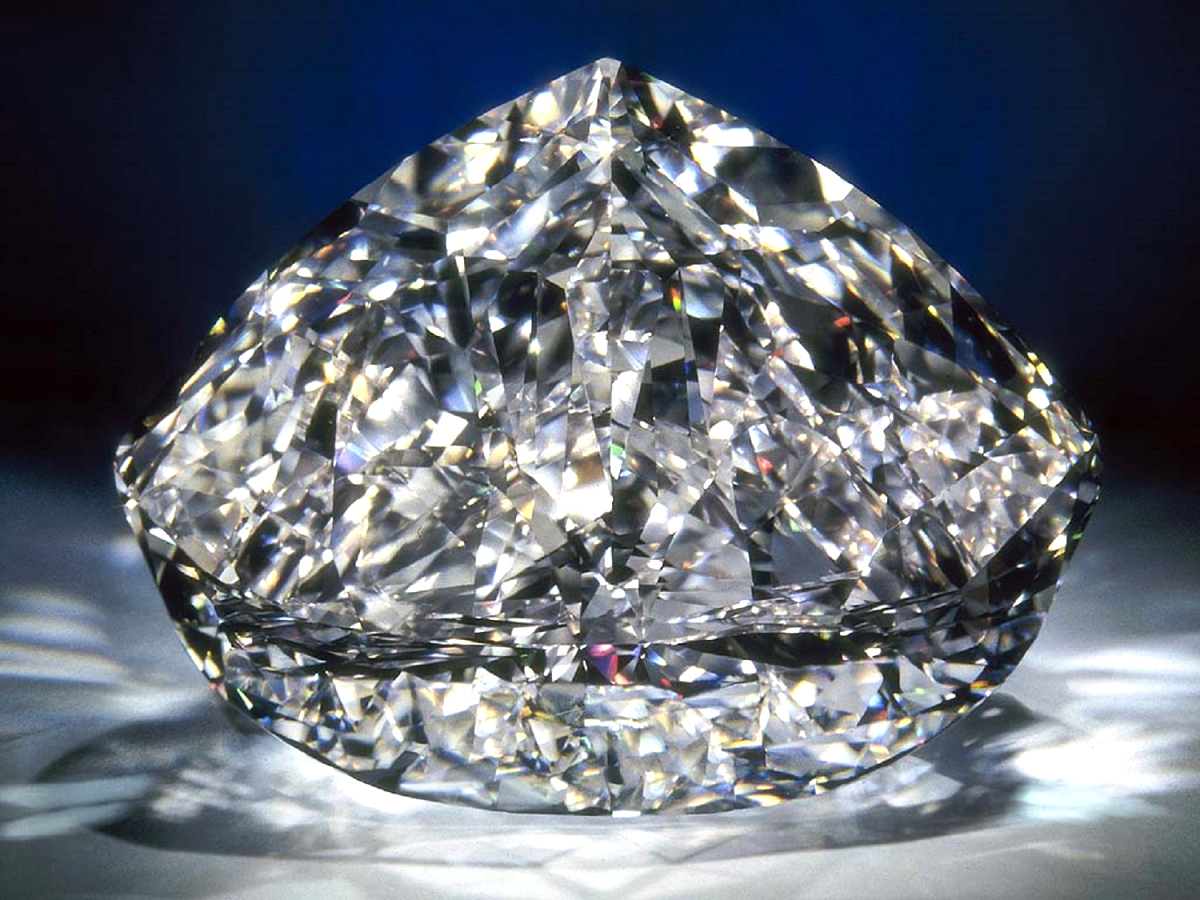
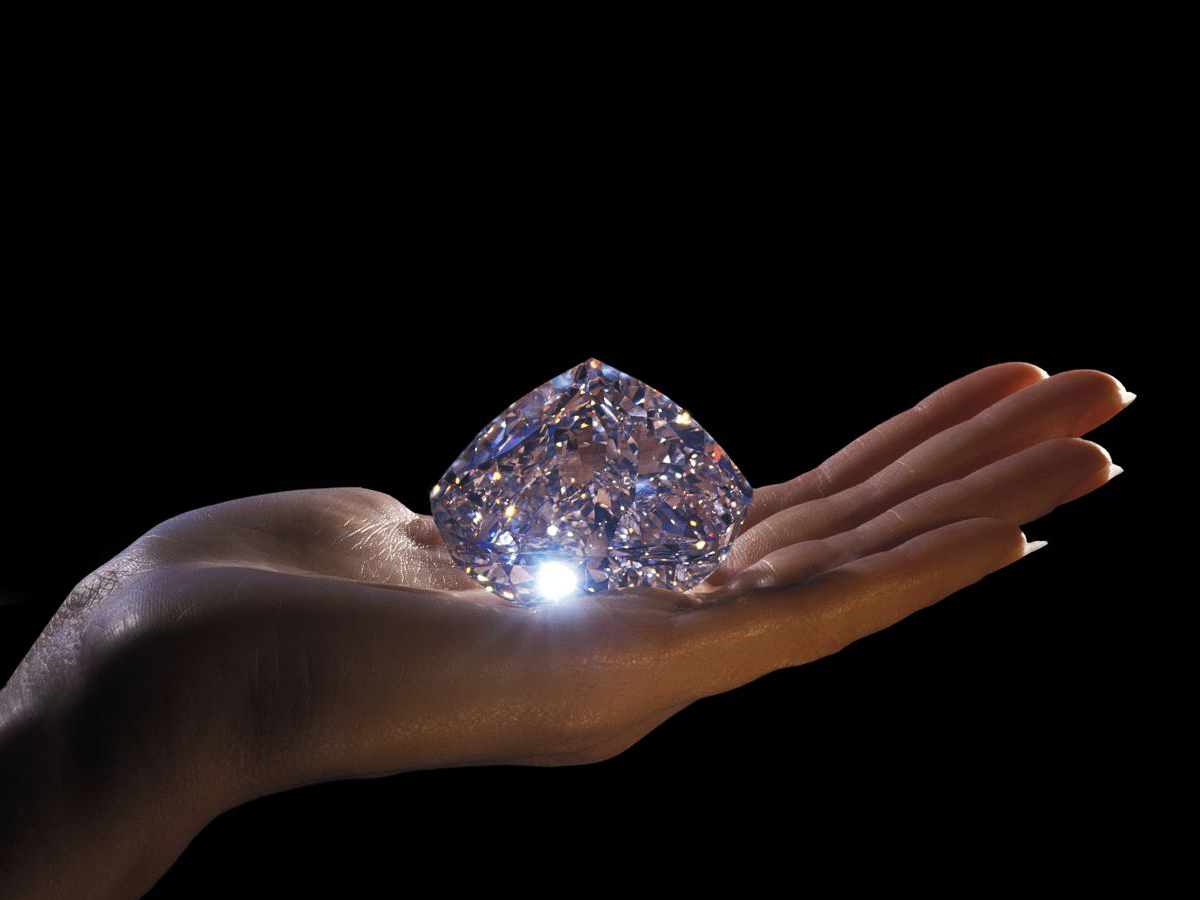
At 273.85 carats, the De Beers Centenary diamond is the third largest from the Premier Mine, the same one that produced the Cullinan Diamond. The original was an astounding 599 carats, though. Flawless both internally and externally, it has the highest Grade D color rating by the Gemological Institute of America. It got its name after being presented in its original form for the Centennial Celebration of De Beers Consolidated Mines on May 11, 1988. It was unveiled in its present glory in May 1991 in its modified heart shaped brilliant cut. Apparently, De Beers no longer owns it, though it refuses to comment on its present whereabouts citing privacy policies.
4. The Hope Diamond – $350 Millions
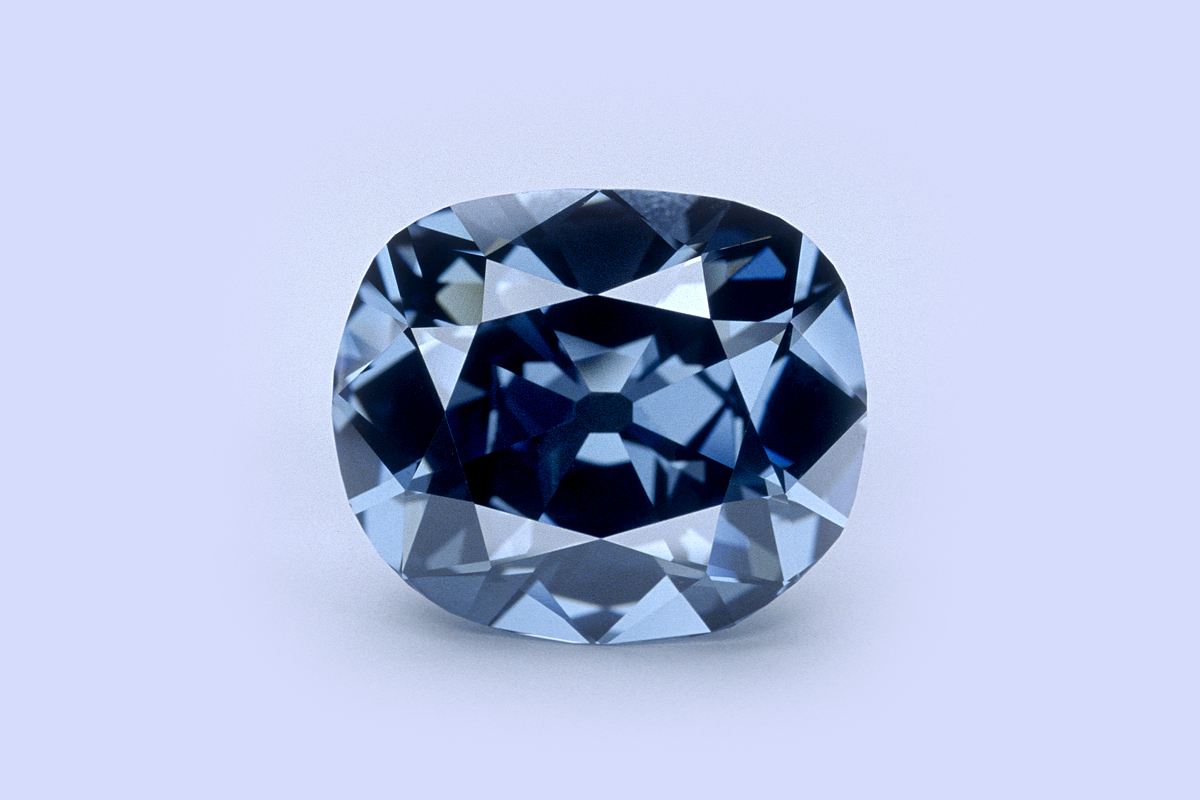
With a name like that, you would be surprised to know that there is a legend of it carrying a curse. Nothing surprising, as it has wrecked most of its previous owners. It is not simply blue in color due to the presence of boron atoms in it but turns red under ultraviolet light due to the phosphorus content. This 45.52 carats diamond was discovered in the Kollur mines of Andhra Pradesh in India in the 1600s, and got its name from the Hope banking family in London who acquired it sometime in 1839.
Since 1653, when possessed by the French merchant Tavernier, Wikipedia lists a total of 22 owners before it was acquired by the Smithsonian Museum in 1958, where it remains on display to this date. It has an insurance worth $250 million. It is another of the jewels to have been stolen during the French revolution in 1792.
3. The Cullinan Diamond – $400 Millions
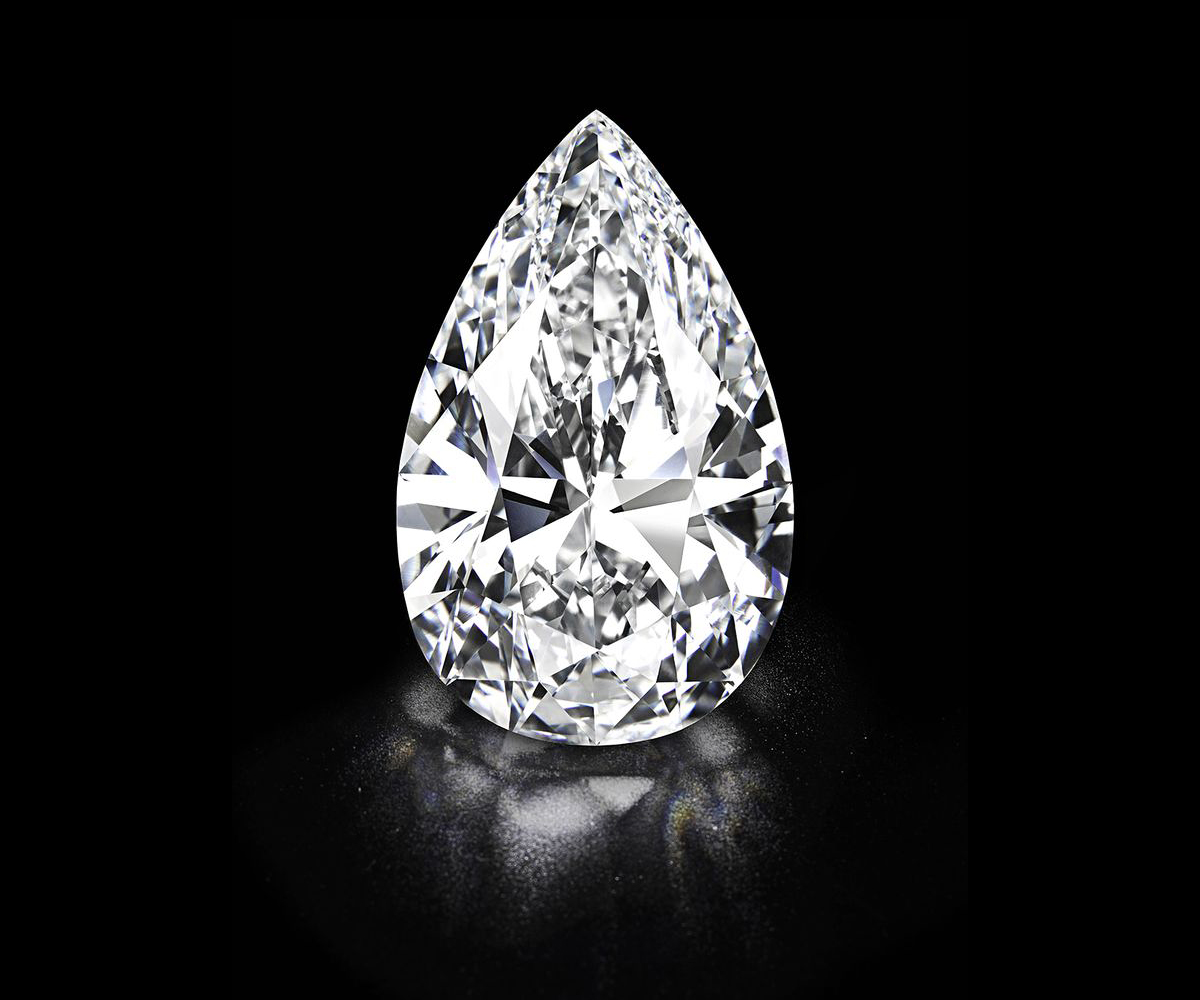
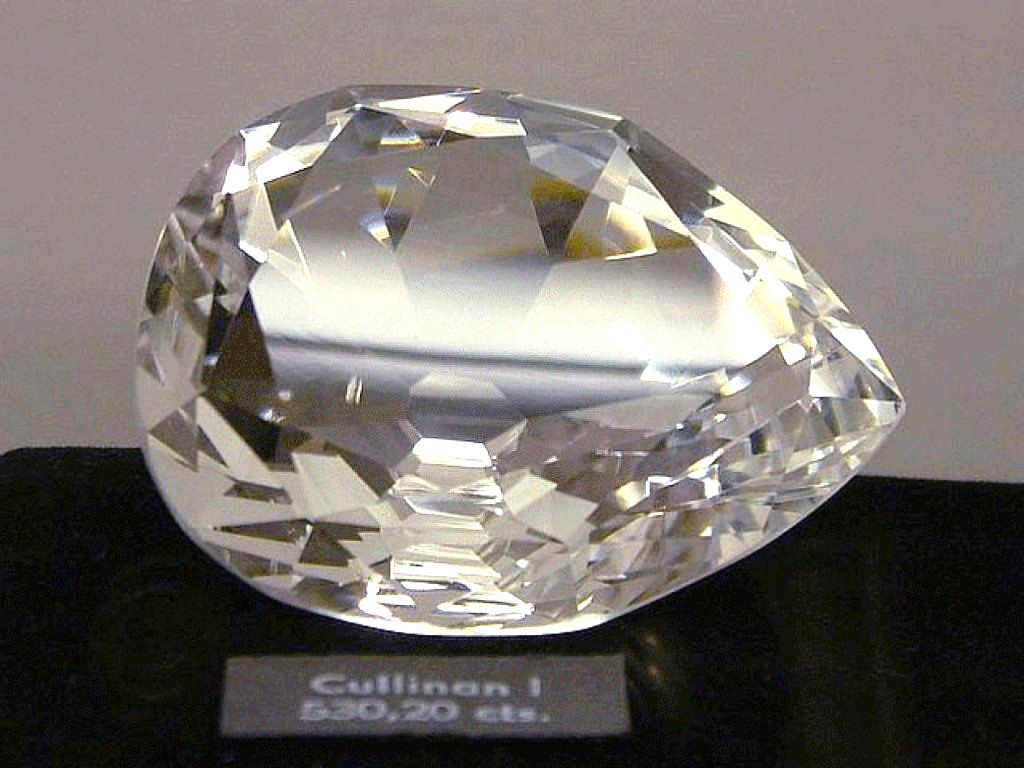
When it was discovered in the Premier No. 2 mine in Cullinan in South Africa, it was the largest gem-quality rough diamond to have been found. Then weighing 3,106.75 carats (621.35 g), it has since gone on to form 9 diamonds, all now a part of the Crown Jewels of the United Kingdom. Cullinan I or Great Star of Africa, at 530.2 carats, continued being the largest diamond till 1985 when the Golden Jubilee of 545.67 carats from the same mine dethroned it. However, it is still the largest clear cut diamond. Now it rests on top of the Sovereign’s Sceptre with Cross. Cullinan II or the Second Star of Africa has 66 facets and is set in the front of the Imperial State Crown, below the Black Prince’s Ruby and the Kohinoor. Cullinans III and IV, both known as the Lesser Star of Africa, and Cullinans V, VI and VIII are all parts of brooches. Cullinan VII is a pendant in the Delhi Durbar necklace, while Cullinan IX is set in the platinum Cullinan IX Ring. Phew!
2. The Sancy Diamond – Unestimated, Priceless
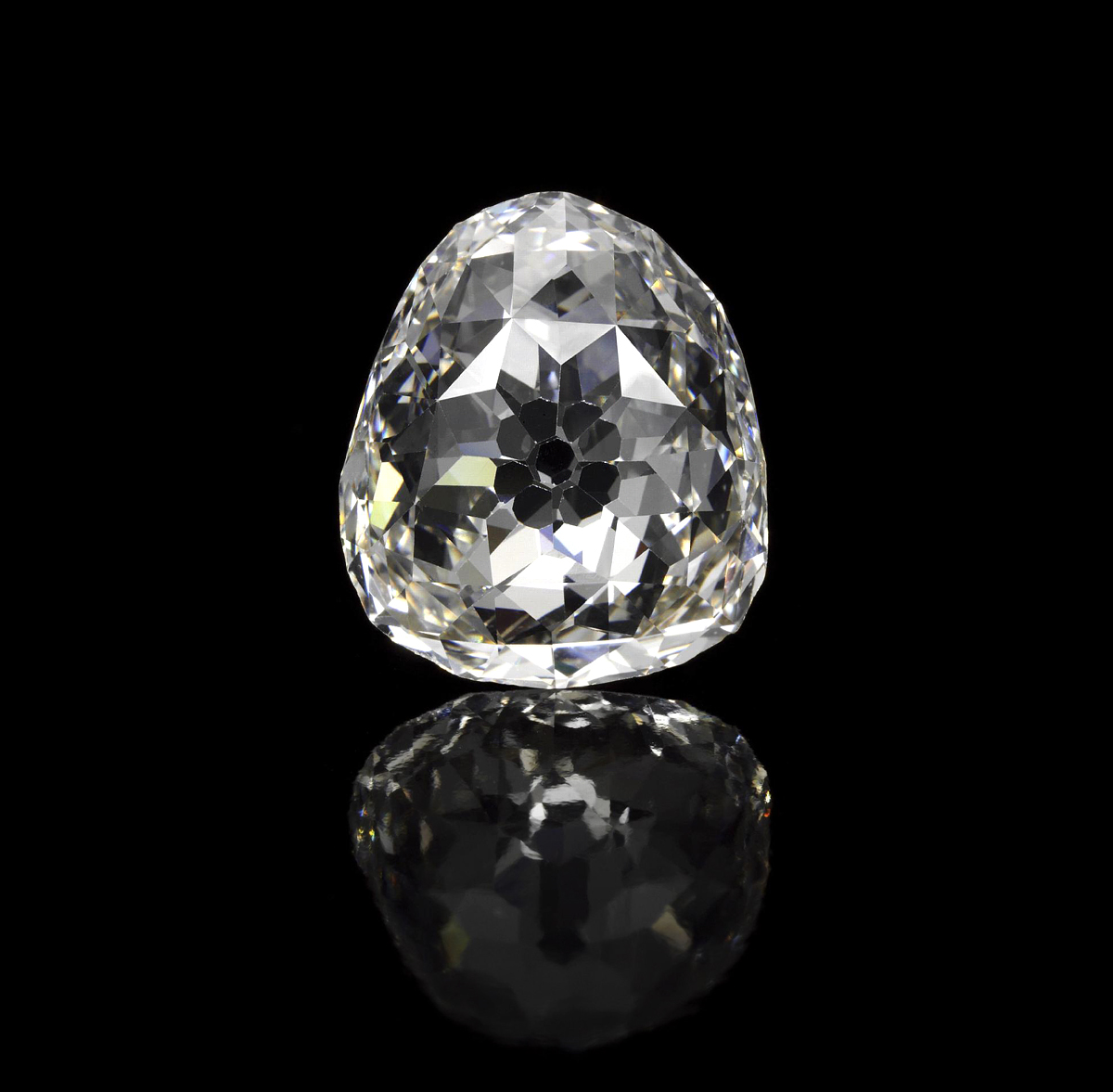
The Sancy is a pale-yellow diamond in the shape of a shield. It is one of the first large diamonds to be cut to symmetrical facets. It is unusual in shape due to the absence of a pavilion, with just a pair of crowns. While according to legend it belonged to the Mughals, the shape suggests that it is of Indian origin, which is logical since till the discovery of the Kimberley and the American mines, most of the diamonds were from Golconda.
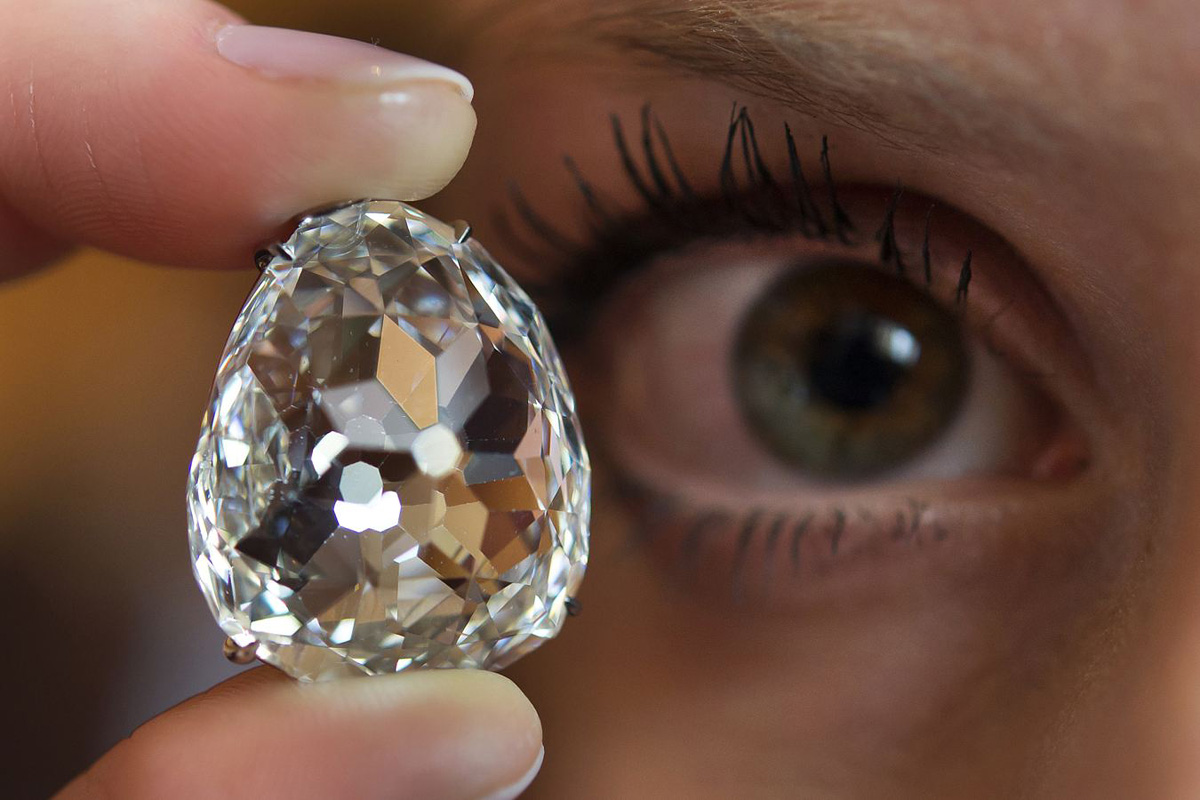
One of the first diamonds to gain a reputation in Europe, its documentation started in 1570. It has belonged to the likes of Charles the Bold, Duke of Burgundy, Manuel I of Portugal, Nicolas de Harlay, seigneur de Sancy (from whom it got its present name), King James I, King James II, King Charles I, Charles II and Louis XIV of France before disappearing during the French Revolution.
After changing many owners and appearing and disappearing frequently, it was finally sold to the Louvre for $1 million by the 4 th Viscount Astor in 1978. Today it resides in the Apollo gallery, having the Regent and the Hortensia among its neighbors.
1. The Koh-i-Noor Diamond – Unestimated, Priceless
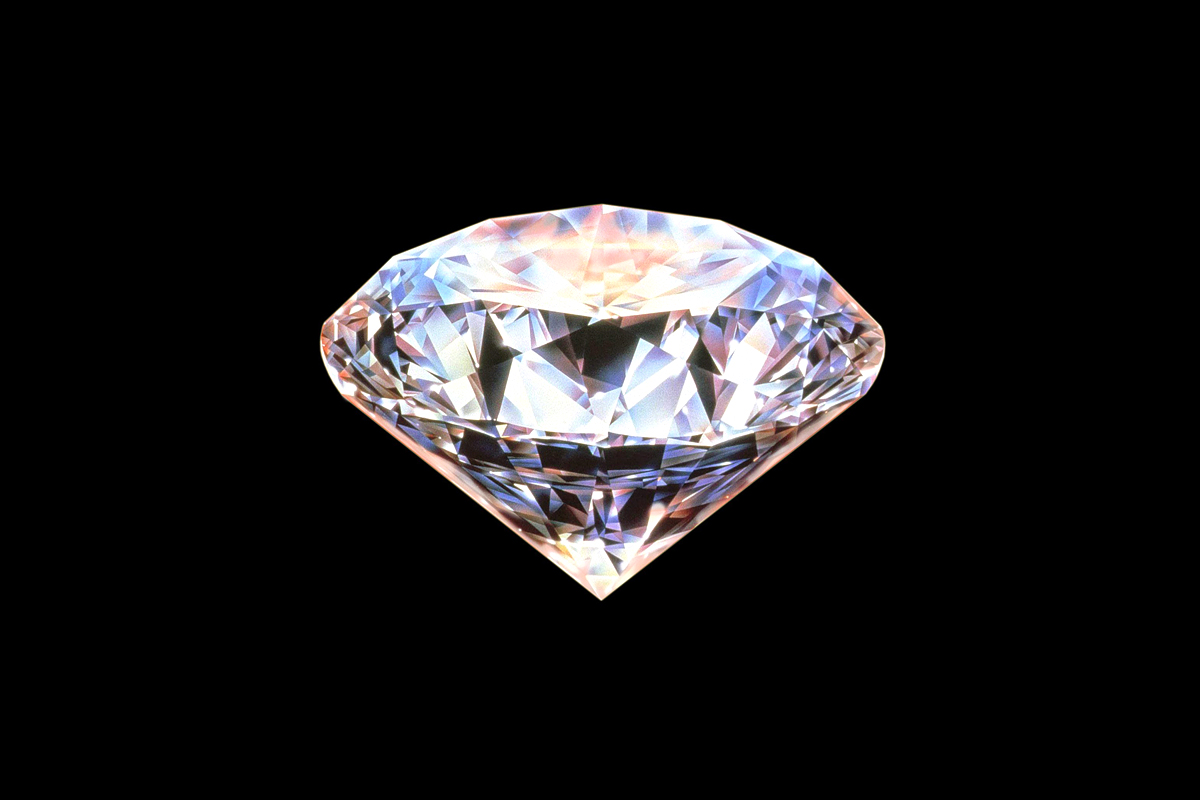
The name itself is enough to get people hooked. Koh-i-Noor means ‘Mountain of Light’ in Persian, and suggests the position this particular stone has occupied since its alleged discovery in the 1300s in the Golconda diamond mines in India. It was the largest diamond in circulation till 1852, when Prince Albert decided to reduce it from 105.6 carats to 86 carats in order to increase its brilliance and sparkle.
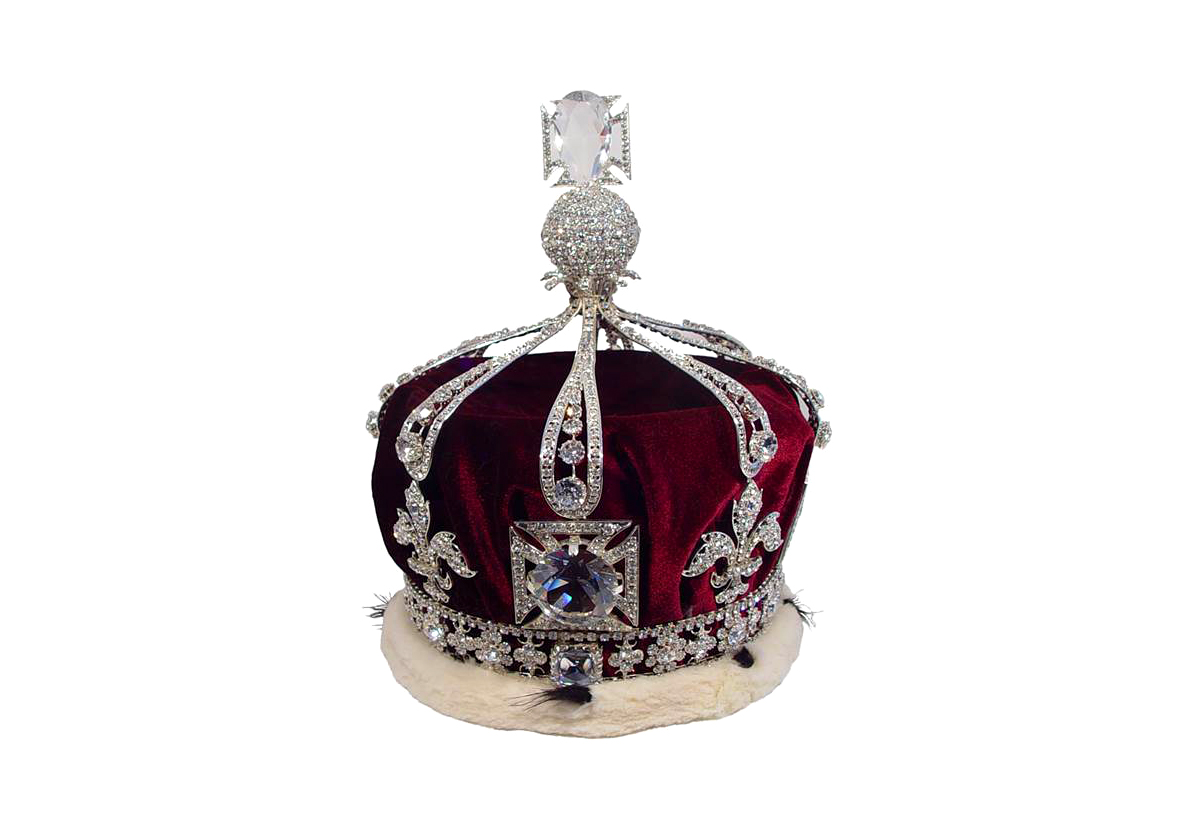
Much of its mystery is due to allegations that it is a cursed stone, bringing doom to its owner. And actually, till it came to the possession of Britain in 1849, it had brought destruction upon every owner who had ever owned it. The diamond is oval in shape, and now resides in the HM Tower of London. It is a popular tourist attraction, and was last a part of the Queen Mother’s Crown. William Dalrymple and Anita Anand recently co-authored a book attempting to trace the history of the diamond and the legends surrounding it.
Why Are Diamonds Still the World’s Most Expensive Gemstone?
Have you ever stopped to wonder why diamonds, with their irresistible sparkle, continue to top the charts as the world’s most expensive gemstone? It’s not only about their stunning sparkle or the deep history they carry. The real magic lies in how rare they are, and the almost unbelievable journey they take from deep within the Earth to the glittering jewelry stores we can’t help but admire.
Just think about it: diamonds form over billions of years under intense pressure and heat, hidden away in the Earth’s mantle. The conditions needed to create a diamond are so specific, it’s a wonder they exist at all. Then, consider all the efforts it takes to find these precious stones. Mining diamonds is no small feat, requiring vast resources and technology to extract them from the earth. And that’s before the meticulous cutting and polishing that turns a rough stone into the sparkling gem we all know and love. Every step in this process adds to the diamond’s value, making it very expensive. But there is even more…
Why do we love diamonds so much? Is it because they’re often seen as symbols of love, or is there something more to it? Diamonds have been loved and worn for many years, seen as symbols of richness, being pure, and even for keeping us safe. They hold a special place in our hearts. This idea even popped up in movies, like when we hear “diamonds are a girl’s best friend.” That catchy phrase from the iconic movie really shows how much we see diamonds as symbols of glamour and love. This deep meaning and fun pop culture references make us really excited to own diamonds, making us feel okay about spending a lot on these shiny, precious stones.
Even with the rise of synthetic diamonds, nothing quite compares to the allure of a natural diamond. Their unmatched hardness, timeless beauty, and the emotional weight they carry as symbols of the most profound human emotions – love, commitment, and endurance – keep them in a league of their own. So, next time you find yourself mesmerized by a diamond, remember, you’re not just looking at a some gemstone; you’re looking at a miracle of nature, shaped by time, pressure, and human ingenuity. Aren’t diamonds fascinating, not just for their beauty but for the incredible story each one holds?
It must be noted here that none of the prices listed is fixed. Often new diamonds enter circulation, bidders perform breathtaking stunts to outdo each other, price per carat changes, and most importantly, amazing things happen to owners of diamonds which increase their exclusivity. Even reading about them is a fascinating experience which has interested scholars over the ages. Also we would recommend you to read about 10 most expensive cars in the world and 10 most expensive wrist watches in the world.
